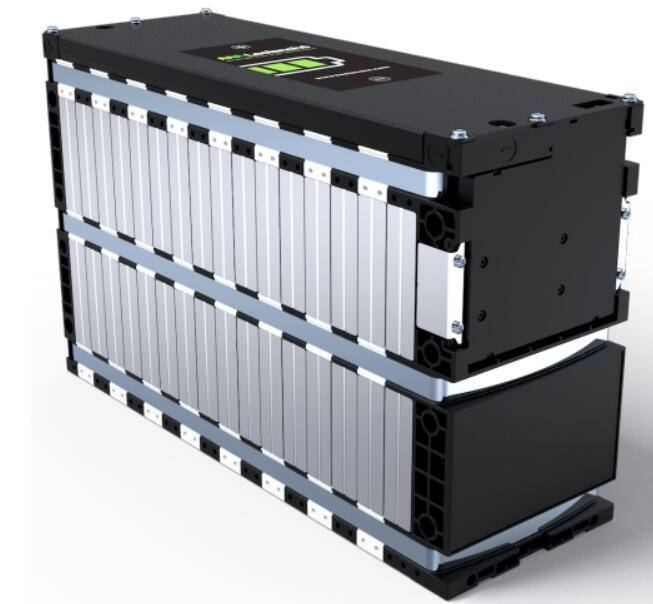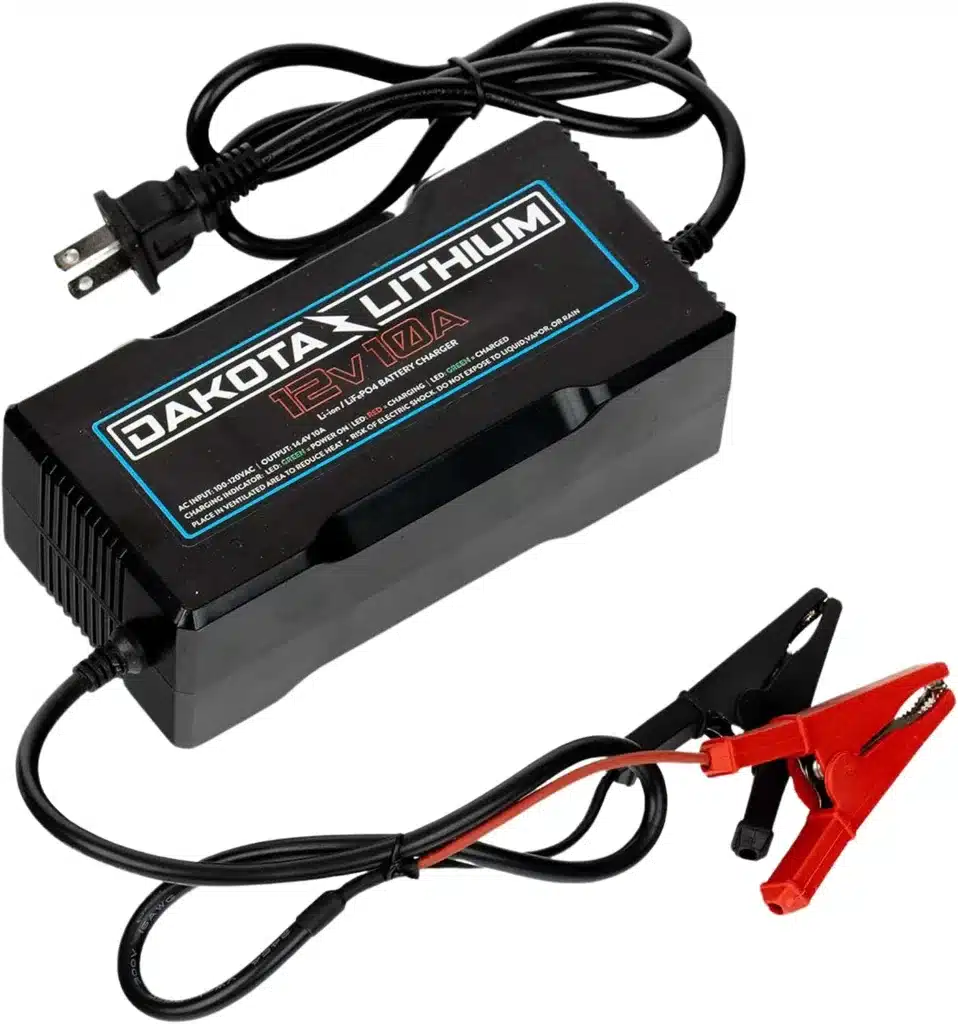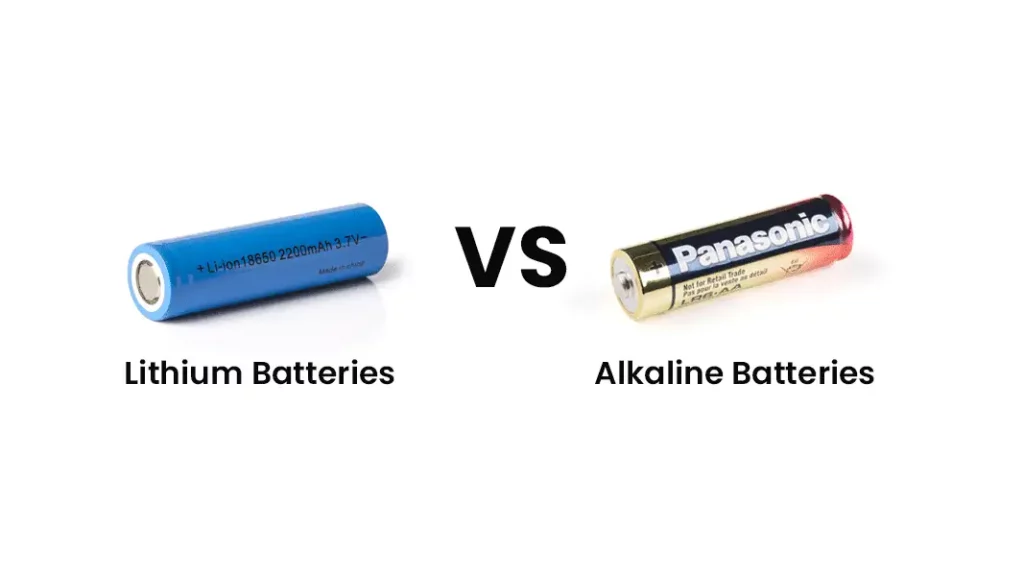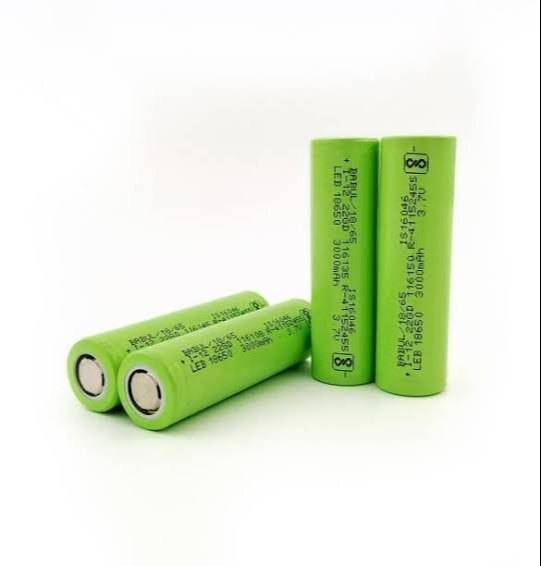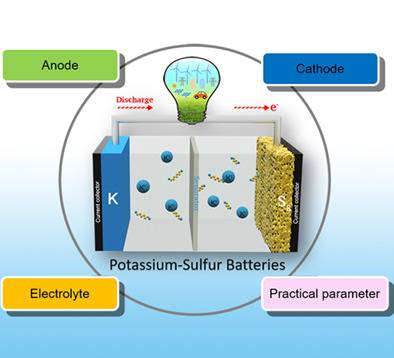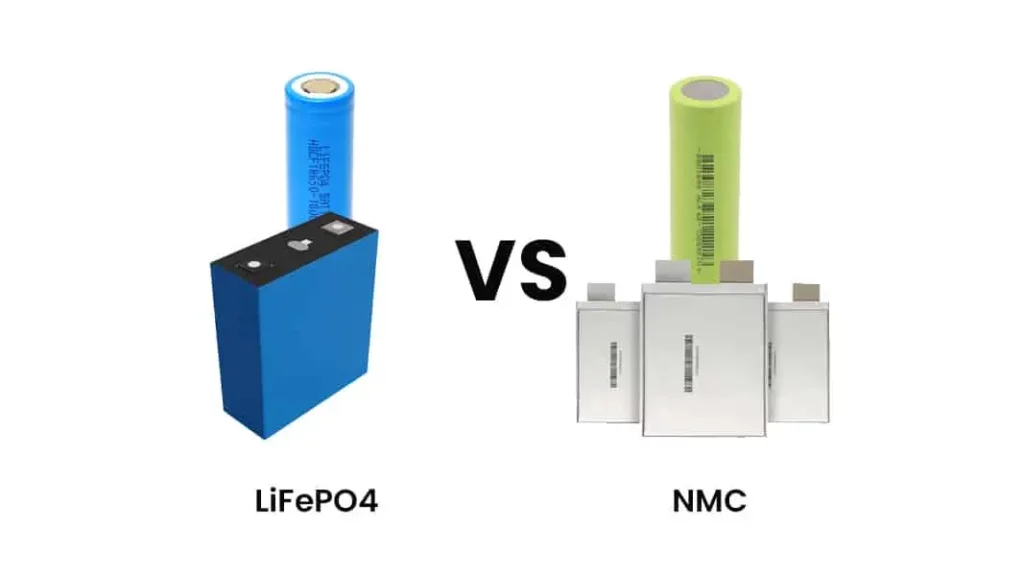Sodium batteries are a type of battery that uses sodium ions as charge carriers, achieving charge and discharge by the insertion and extraction of sodium ions between the positive and negative electrodes. The working principle of sodium batteries is essentially the same as lithium batteries, with the only difference being the charge carriers.
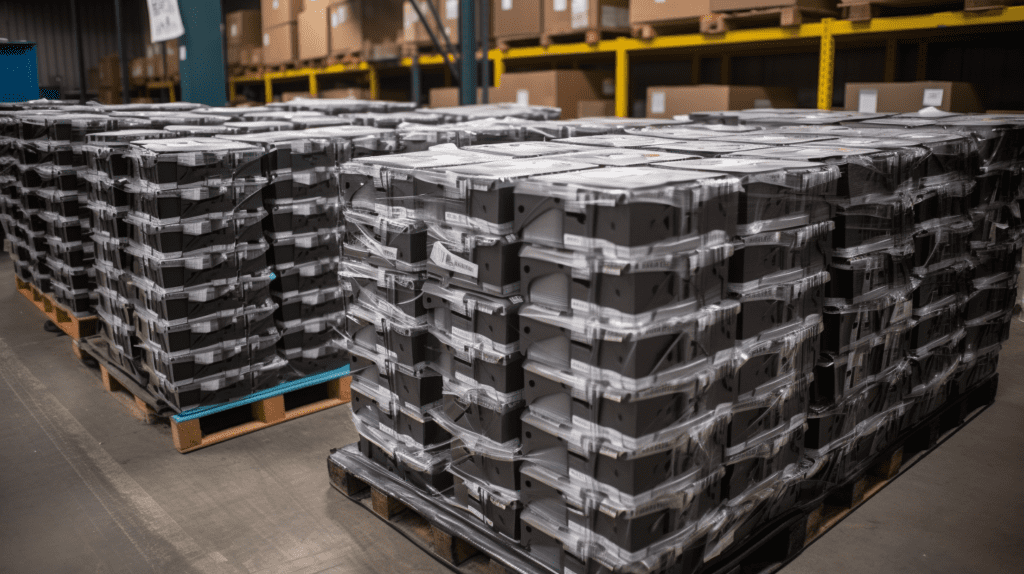
#post_seo_title
Comparison of Sodium Batteries and Lithium batteries
Sodium batteries and lithium batteries are both rechargeable batteries, but they have some differences and advantages:
| Properties | Sodium Batteries | Lithium Batteries |
| chemical composition | Composition is Sodium batteries use sodium compounds as the positive electrode material.
sodium is more abundant and less expensive |
lithium batteries use lithium compounds as the positive electrode material.
lithium is relatively scarce and expensive.
|
| Energy density | Sodium batteries have an energy density of about half of lithium batteries, which means their volume and weight are typically larger for the same capacity of lithium batteries | the energy density of sodium batteries is gradually increasing and may potentially catch up with or surpass lithium batteries in the future.
|
| Environmental friendliness | Sodium batteries use more abundant resources, making them more environmentally friendly
Additionally, since most of the chemicals used in sodium batteries are non-toxic and renewable, the waste generated from them typically has a lower environmental impact. |
Lithium battery is less environmental friendly |
| Safety | Sodium batteries have highly flammable and corrosive electrolytes, which require higher safety standards in their design and manufacturing | Lithium batteries, on the other hand, are relatively stable, but they do have safety concerns such as overheating, short-circuiting, and the risk of explosion.
|
| Applications | Due to their lower energy density, sodium batteries are typically used in applications where weight and volume constraints are not critical, such as energy storage systems and industrial vehicles. | . Lithium batteries, on the other hand, are better suited for lightweight, efficient, and high-performance applications like mobile devices and electric vehicles |
Sodium Batteries vs Lithium batteries
Chemical Composition:
- Sodium Batteries: Sodium batteries use sodium compounds as the positive electrode material. Sodium is a more abundant and less expensive element compared to lithium.
- Lithium Batteries: Lithium batteries use lithium compounds as the positive electrode material. Lithium is relatively scarce and expensive, which can impact the cost of lithium batteries.
Energy Density:
- Sodium Batteries: Sodium batteries typically have an energy density of about half that of lithium batteries. This means sodium batteries are bulkier and heavier for the same capacity compared to lithium batteries.
- Lithium Batteries: Lithium batteries have a higher energy density, which makes them more suitable for applications where space and weight constraints are critical.
Environmental Friendliness:
- Sodium Batteries: Sodium batteries are more environmentally friendly due to the abundance of sodium resources. The chemicals used in sodium batteries are often non-toxic and renewable, leading to lower environmental impact.
- Lithium Batteries: Lithium batteries are less environmentally friendly because of the relatively scarce lithium resources. Mining and processing of lithium can have negative environmental consequences.
Safety:
- Sodium Batteries: Sodium batteries have highly flammable and corrosive electrolytes, which require strict safety standards in their design and manufacturing. Safety concerns include the risk of fire and corrosion.
- Lithium Batteries: Lithium batteries are generally stable but have their safety concerns, such as overheating, short-circuiting, and the risk of explosion, especially when damaged or exposed to extreme conditions.
Applications:
- Sodium Batteries: Due to their lower energy density and bulkier design, sodium batteries are typically used in applications where weight and volume constraints are not critical. Common applications include energy storage systems, industrial vehicles, and stationary backup power.
- Lithium Batteries: Lithium batteries excel in lightweight, efficient, and high-performance applications where space and weight are crucial. They are commonly used in mobile devices, laptops, electric vehicles, and consumer electronics.
Conclusion:
sodium batteries and lithium batteries each have their own advantages and disadvantages, and the choice between them depends on the specific application and practical requirements. In the future, with the ongoing development of sodium battery technology, it may become a more competitive renewable energy solution.





